Many people are surprised to learn how vegetarian sausages are made, revealing unexpected ingredients and processes in their production.
Recently, more information has come to light, surprising many who enjoy these meat-free options.
Vegetarian sausages are a popular choice for those who want to eat less meat or follow a vegetarian or vegan diet.
But how do they get that sausage shape and texture without meat?
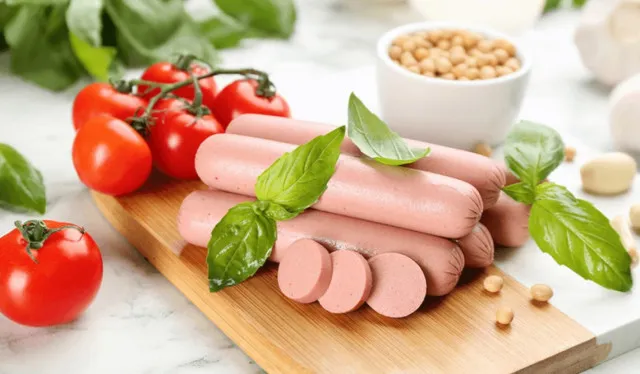
How vegetarian sausages are made?
You can make vegetarian sausages from various ingredients.
The main protein sources include soy, pea protein, and mushrooms.
Each brand may use different combinations of these ingredients to create their products.
For example, Quorn, a well-known vegetarian brand, uses a microfungus called Fusarium venenatum.
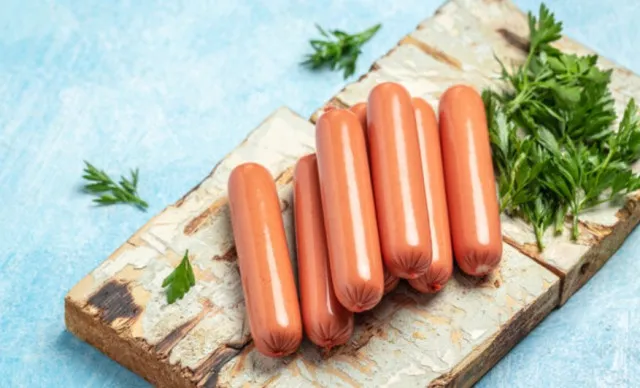
They grow and process this fungus to create a meat-like texture that many people enjoy.
Before shaping vegetarian sausages, the mixture often looks quite different from the final product.
It may not look very appetizing at first, but once cooked, it transforms into a delicious sausage.
Process of making these sausages
The process of making these sausages involves several steps, including mixing, shaping, and cooking.
One interesting part of making vegetarian sausages is the casing.
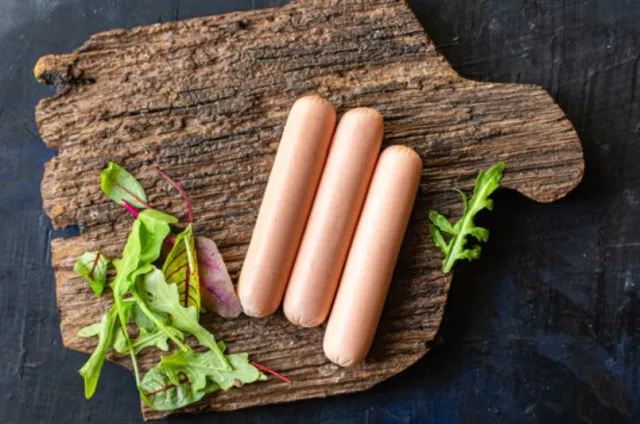
In traditional meat sausages, the casing is often made from pig intestines. However, vegetarian sausages use different materials.
Casings can be made from collagen, cellulose, or even edible plastic. In some cases, companies use alginate gel made from seaweed.
A popular UK show called “Food Unwrapped” recently showcased how one company, Heck, makes their sausage casings.
They start with an alginate gel made from seaweed. Then, they dip this gel into a calcium chloride solution.
This process helps to create a stable casing for the sausage.
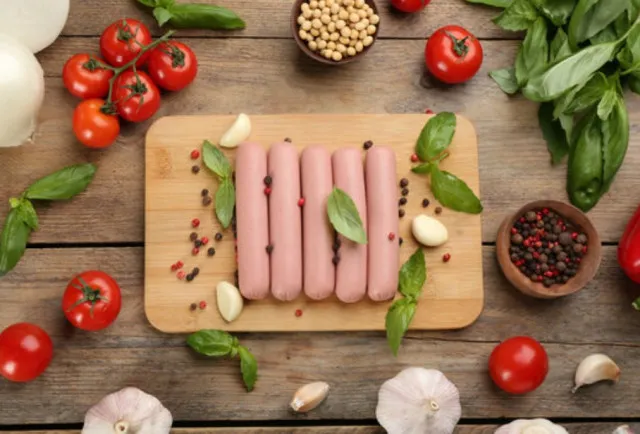
Consumers are concerned about the use of chemicals.
Many viewers discovered that seaweed plays a role in making the sausages.
Some people have expressed concerns about the ingredients used in vegetarian sausage casings.
There have been complaints about the use of chemicals.
However, calcium chloride is simply a type of salt. They mix it with water to create the solution used in the production process.
Therefore, it is not as dangerous as some may think.
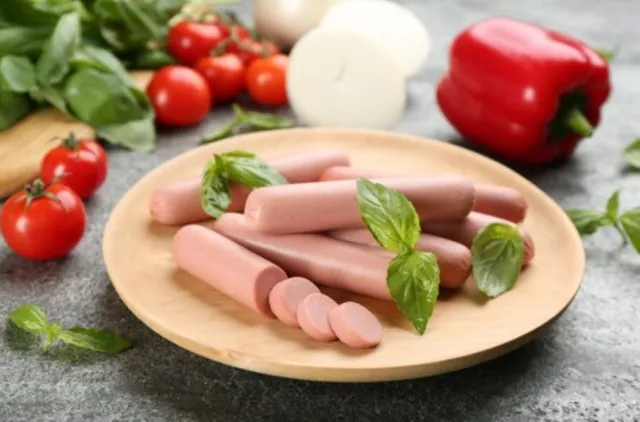
Many people enjoy the sausages for their taste and texture.
People can grill, fry, or bake vegetarian sausages, making them versatile for different meals. Use them in breakfast dishes, barbecues, or pasta.
Their ability to absorb flavors from spices and sauces makes them a favorite among many cooks.
The vegetarian sausage market has expanded significantly over the years.
Many brands have entered the market, each offering unique flavors and ingredients.
This variety allows consumers to find options that suit their tastes and dietary needs.